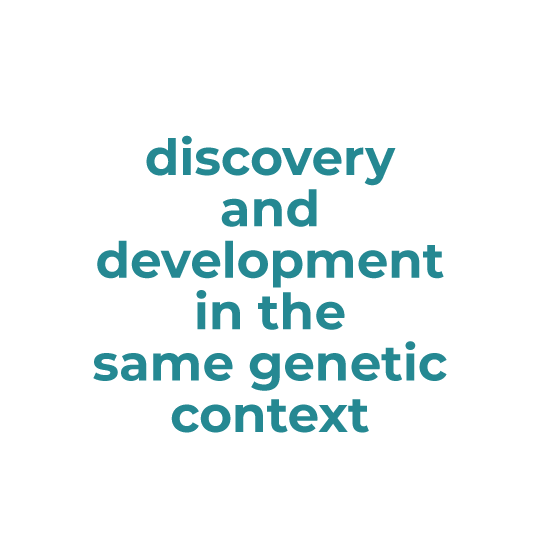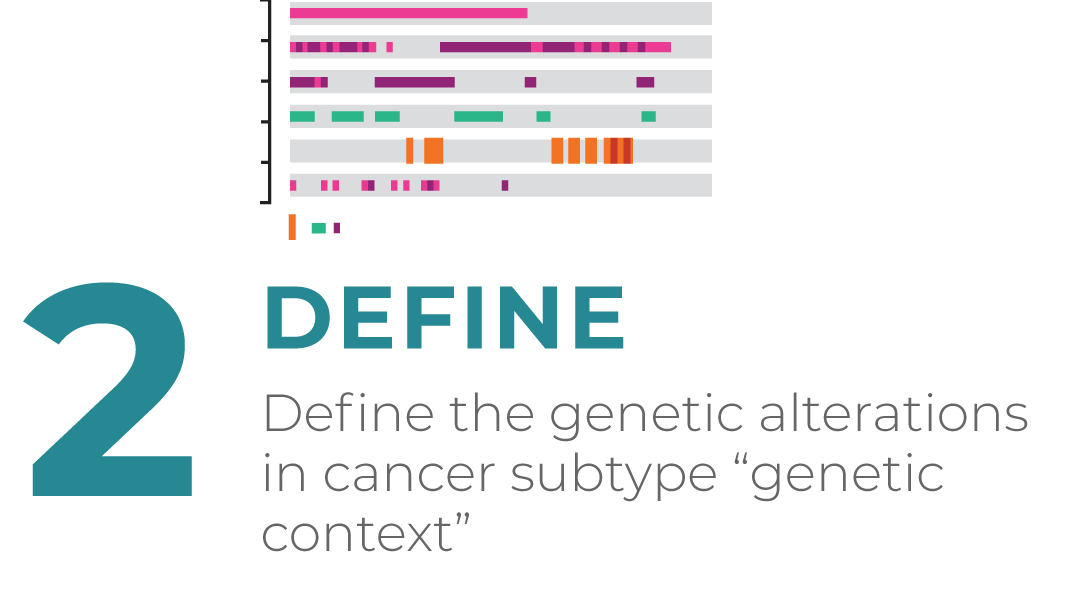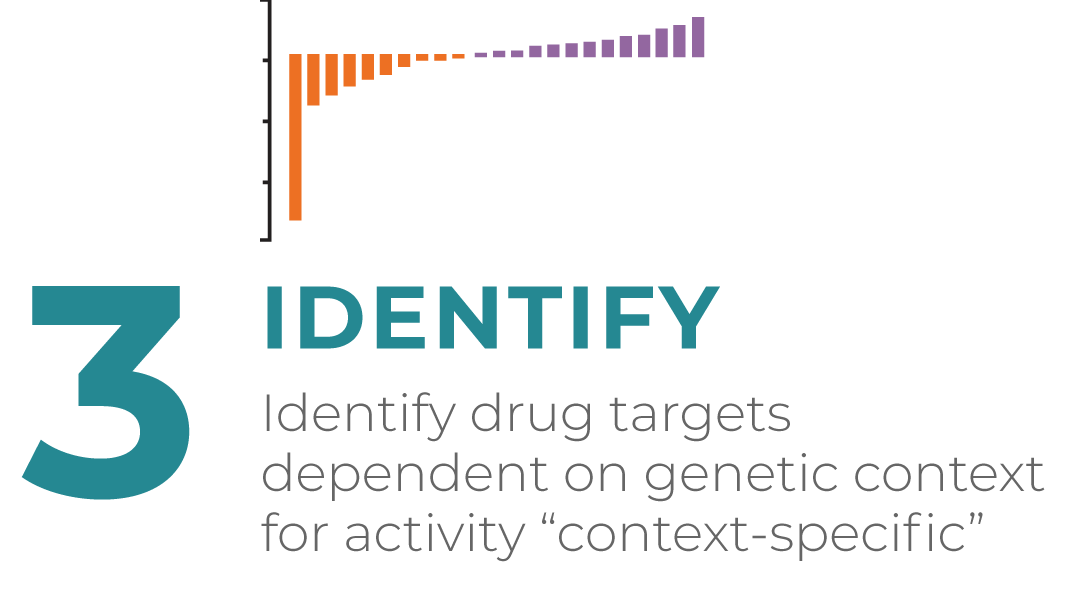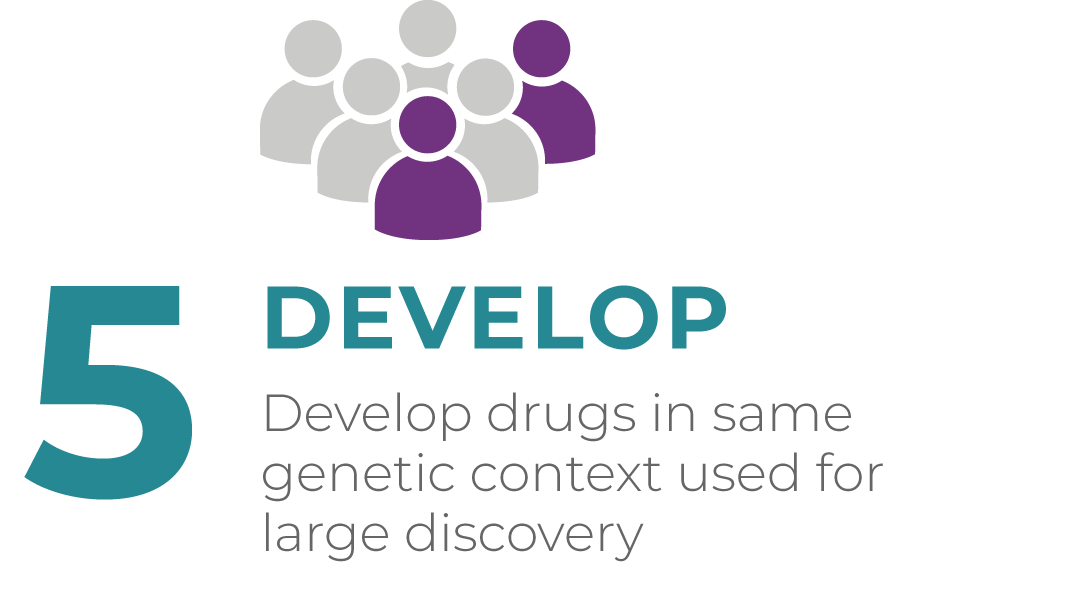Tumor suppressor gene loss
Most cancers are fueled in part by genetic changes that disable the protective genes meant to suppress tumor growth called tumor suppressor genes. The loss of function those genes caused by genetic alterations allows the cancer to grow – but it also makes the cancer cells vulnerable to synthetic lethal drug targeting. Our integrated discovery platform uncovers the vulnerabilities that arise from the loss of a tumor suppressor gene in specific cancer types. We then leverage these insights to develop novel drugs that destroy cancer cells, but spare normal cells.














